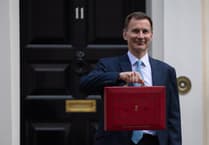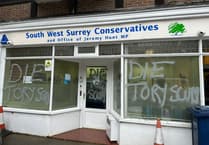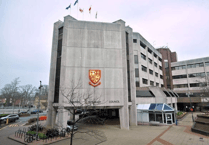A ‘FOOTPATHS war’ broke out in 1909 when landowner Rupert Guinness, of the Irish brewing dynasty, sought to divert two paths on land at his Pyrford Court Estate.
It resulted in mass protests as people challenged two local authorities dealing with the plans, revealing in that in Edwardian times people were passionate about spending their spare time walking and enjoying the benefits of the countryside around Woking.
News & Mail reader Mark Coxhead has researched this story and its outcome.
Rupert Guinness (1874-1967) married Gwendolen, daughter of Lord Onslow of Clandon Park, and acquired from him the land that became the Pyrford Court Estate.
Work began on their home there in 1906. On the death of his father in 1927, Rupert Guinness became 2nd Lord Iveagh.
The two paths he wanted to divert included one from Maybury Rough over Fox Hill at Hoebridge, where there were magnificent views of Newark Priory and Newark Mill, on to Roundbridge Farm. This is crossed by another ancient track, running from Hoebridge to Stone Farm at Pyrford, known as the Sheep Walk.
Mark says the controversy probably started around 1906 when residents encountered hurdles and a ferocious dog chained along the paths.
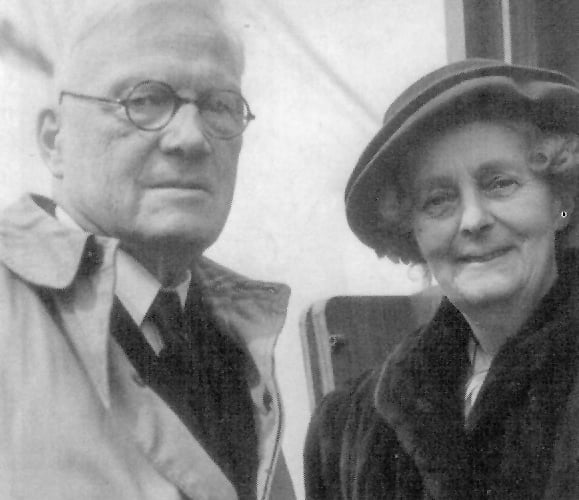
From stories published in local newspapers at the time, Mark has discovered that proposals to divert the paths were submitted to Woking Urban District Council in March 1909. There were two public protest meetings, one at Maybury at which there were several hundred people, and another in Woking outside the council offices. The latter meeting was attended by 2,000 residents.
There was much anger directed at the council, which was seen by the public as being subservient to Guinness.
With what might be a reference to the HG Wells’ novel The War of the Worlds, the councillors were compared by one speaker, in a somewhat inflammatory tone, to “tin gods with swollen heads”.
The second meeting led to the formation of the People’s Rights Protection Association, which later put forward a plethora of candidates to stand against local councillors in the April 1910 local elections. Only one candidate, Mr EW Shipton, beat the existing incumbent. Mr Shipton was to become an active campaigner on local matters for the next 30 years.
As Sheep Walk was divided by the parish boundary, most of the discussions were with Woking council, who had the legal responsibility for Old Woking village.
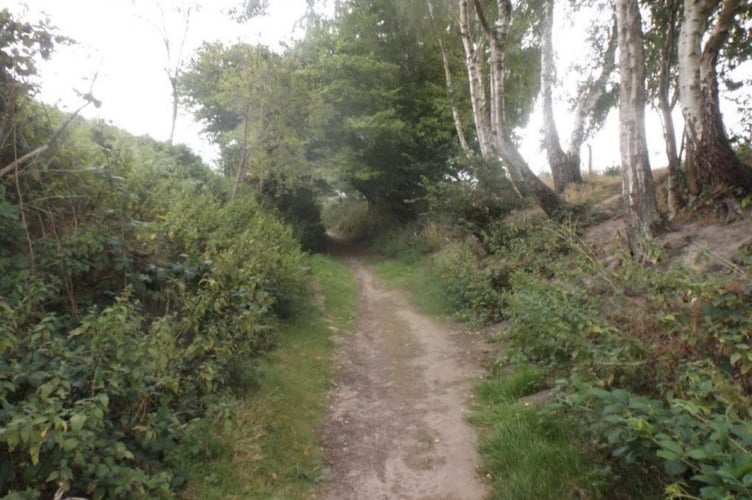
The eastern section of the path in is Pyrford, which at the time came under Chertsey Urban District Council.
From one report of a meeting at Chertsey council, some residents of Pyrford said that these paths had originated as a route to cart corn from a market in Old Woking. From Carters Lane (hence the name), and Sheep Walk, the corn was taken via Lees Farm, then over the canal bridge to Byfleet Mill for milling.
After considerable dialogue and further protests, agreement was announced in the Woking News & Mail on 10 June 1910. Only minor changes to the layout of the paths resulted, but with the controversial erection of boundary fences.
However, part of Sheep Walk was sunk in a mini valley so Guinness could admire an unhindered view from his mansion of Newark Priory, Newark Mill and the North Downs beyond, and not be disturbed by the sight of people walking across his land.
The paths, which run through Hoebridge Golf Centre, are still well used. The route of the path that descends from Fox Hill towards Roundbridge Farm goes in an elongated “S”, rather than a straight line, along what used to be a farm access track.
Some of the eastern part of Sheep Walk remains sunk in a man-made valley. The public panoramic view, which was at the centre of the controversy, is now completely obscured by tall trees midway.
If you have some memories or old pictures relating to the Woking area, call me, David Rose, on 01483 838960, or drop a line to the News & Mail.
David Rose is a local historian and writer who specialises in what he calls “the history within living memory” of people, places and events in the west Surrey area covering towns such as Woking and Guildford. He collects old photos and memorabilia relating to the area and the subject, and regularly gives illustrated local history talks to groups and societies. For enquiries and bookings please phone or email him at: [email protected]

